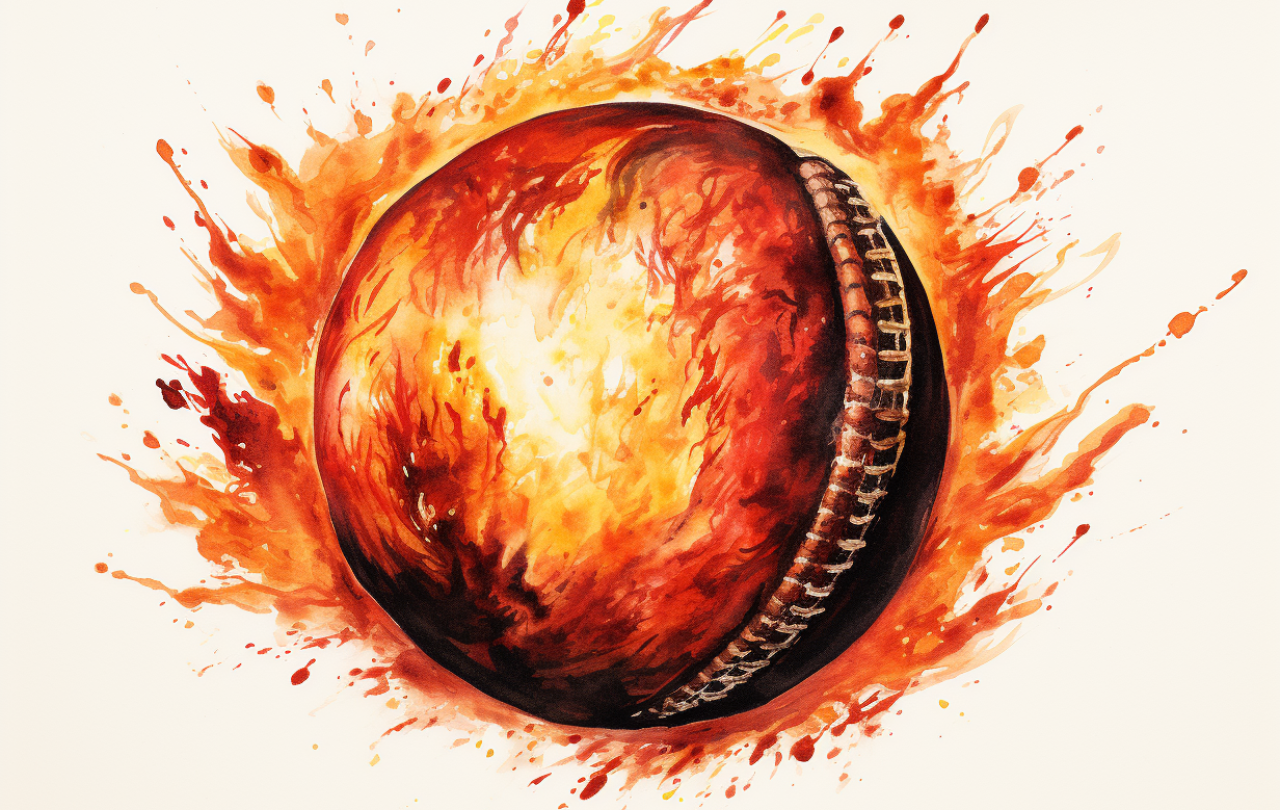
Unless you have a complete aversion to sport or wilfully avoid all reference to cricket, you can’t have missed the controversy over the dismissal of the English player Jonny Bairstow by the Australian wicketkeeper Alex Carey at Lords during the final day of the second Ashes Test. Bairstow let a ball go through to the keeper and, thinking the ball (and the over) was finished, wandered down the pitch to chat to Ben Stokes his fellow batter, at which point Carey smartly threw the ball at the wickets to get him out stumped. The Aussie captain, Pat Cummins felt it was a fair cop, as it was within the rules of the game, and on that level, most English players and fans agreed with him. But what the English went on to say is that it was not within the ‘spirit of the game’, and therefore sneaky and underhand. Hence the unremittent booing of the Australians for the rest of the game from the usually sedate Lords crowd, hostility which is only likely to ramp up for the rest of the five-match series with the notoriously partisan Yorkshire crowd at Headingly next in line.
According to the Laws of Cricket, Bairstow was out. He had left his ground before the ball was considered ‘dead’ – which requires both teams to consider it such. The Aussies still felt the game was live, Carey threw the ball as soon as he received it, and so the England batsman has little grounds for complaint. Yet the distinction between the Laws of Cricket and the ‘Spirit of the Game’ has been invoked often since the incident to suggest the Australians are dastardly cheats who will do anything, however underhand, to win a game of cricket, just like they once famously got a young teammate to rough up the ball with sandpaper (clearly illegal) but got caught.
Laws and rules, whether in cricket, a business or charity or within a legal system, are there to protect something else, something deeper than the rules. Our legal system exists to protect more important things like families, community harmony, innocence or human life.
So where does this distinction come from and what does it tell us about our deepest moral instincts? The Laws of cricket are a human invention. Like all sports, cricket is a game which emerged in past centuries and then developed a complex series of rules (in cricket they are always called ‘Laws’) to govern the playing of the game. Those rules develop and change over time. Recent changes include instructions on what you do when a dog invades the pitch, or banning the use of saliva on the ball to make it swing more. Changes even come even in the new format called the Hundred, where bowlers bowl units of five or ten balls at a time instead of the traditional six-ball over. Yet each of these rules are in a way artificial. They are invented and monitored by humans to develop and monitor a human construction called the game of cricket.
Yet we also sense that the Laws cannot do everything. There is this elusive and instinctive thing called the ‘Spirit of Cricket’, so much so that the phrase ‘it’s not cricket’ has seeped into common usage to describe something that just doesn’t feel right. The MCC even runs a lecture every year at Lord called ‘The Spirit of Cricket’ inviting a former player or journalist to reflect on something deeper about the game than the nuts and bolts of the laws, individual performances or team results.
Yet the Spirit of Cricket is more than just about cricket. It appeals to a deeper sense, shared amongst all of us, that some things, even though not codified in human law, just don’t feel right. They go against our deepest moral instincts. They just seem wrong. When Ben Stokes said he wouldn’t have wanted to win a game in the way that the Australians had just done, he was appealing to a deeper moral structure than could ever be codified in a written rule.
So what does all this tell us? Two things, I suggest. The first is that we humans have a deep moral instinct of fairness. We have a sense of conscience, that is not just a human construct, and appeals to something more deeply embedded in the human heart and mind – and conscience is not just a matter of individual preference or cultural difference. We sometimes talk about respecting individual conscience, yet in a more important sense, something called ‘the spirit of cricket’ or the spirit of any game or human enterprise for that matter, testifies that conscience has a universal dimension that is common across societies and cultures – so much so that the spirit of cricket is said to hold whether the game is played in England, Australia, India or Afghanistan. Spot-fixing, or manipulating a game to win a bet, even though it’s not mentioned in the Laws of cricket, is thought of as bad practice wherever you are in the world. There is something universal about Conscience. It may not always be easy to deduce exact rules from it, and in grey areas like the Bairstow incident, it doesn’t lead to straightforward conclusions, but it does nag away at us when we are doing something shady or devious - even when we get away with it.
Secondly, It points to the distinction between human laws, that try to codify our way of living together and regulate human relationships, and a deeper moral law, that individual laws try to protect. Laws and rules, whether in cricket, a business or charity or within a legal system, are there to protect something else, something deeper than the rules. Our legal system exists to protect more important things like families, community harmony, innocence or human life. You might say that the Laws of Cricket are there to preserve the nebulous, but more important and very real thing we call the Spirit of Cricket – to ensure the game is played in a sporting, respectful and generous way, so that it can be enjoyed and not endured, and the competitive instincts it draws on at its best are regulated and don’t get out of hand into open conflict and violence.
once you take away.. the deeper natural law that pricks our consciences ... all you are left with is power – the imposition of the will of some upon the destiny of the many.
In one of his lesser known books, The Abolition of Man, CS Lewis called this deeper moral structure the Tao, drawing on a concept in east Asian religions. He said it included things like duties to parents, elders or ancestors, the importance of justice, good faith & truthfulness, valuing mercy, magnanimity and so on. This natural law is embedded in us, he argued, and that all our value systems are but fragments of the Tao. Despite our ideas of progress, we can no more imagine a deeper or different Tao than we can invent a new primary colour. To try to live outside this Tao, leads, he argues, to the Abolition of Man - the ultimate unravelling of humanity, because once you take away the Tao, the deeper natural law that pricks our consciences, that God-implanted instinct for what is right and wrong, fair and unfair, all you are left with is power – the imposition of the will of some upon the destiny of the many.
St Paul once described what happens when the divine Spirit of God begins to work in a person – they begin to produce “love, joy, peace, forbearance, kindness, goodness, faithfulness, gentleness and self-control.” He goes on to say: “Against such things there is no law.” You cannot demand or legislate such things into life, yet individual laws exist to create the conditions in which they can flourish and grow. There is a moral law that we dimly sense underneath our human legal constructions and moral deliberations, which protects things that matter to us and to which we feel ourselves compelled to conform – unless that is we have silenced the voice of conscience, something we all feel is a dangerous thing to do.
Whether or not Bairstow should have been deemed out, whether or not the Australians were being unsportsmanlike or taking fair advantage, maybe a rumbling dispute over a fine point of cricketing practice can point to something profound about the nature of the world we live in after all.





